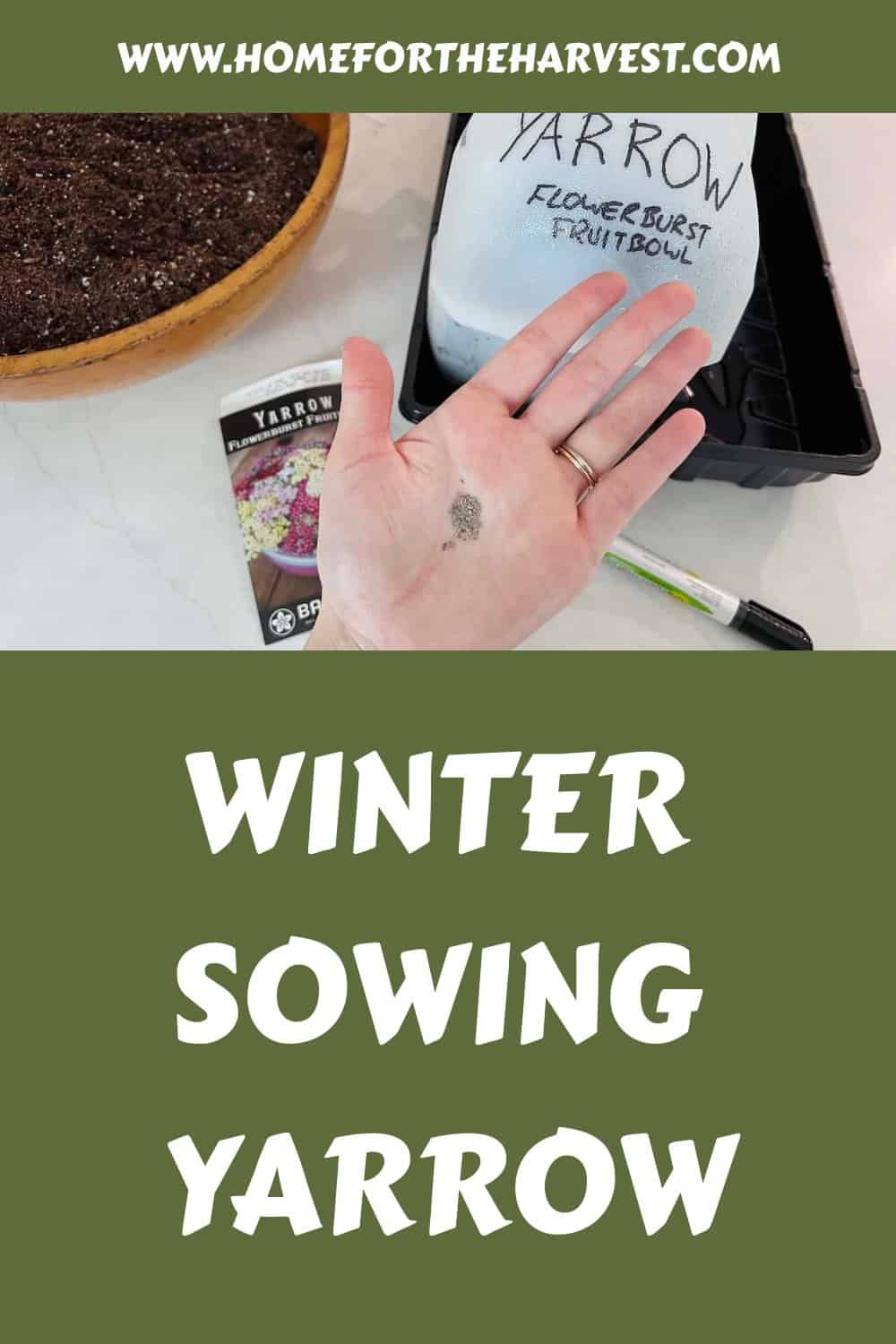Are you looking for a fun and easy way to add some vibrant color to your garden this winter? Winter sowing yarrow is the perfect solution! This low-maintenance flowering plant not only provides gorgeous blooms, but also helps attract beneficial insects like bees. Yarrow is incredibly hardy, so it’s great for beginners who are just starting out in gardening.
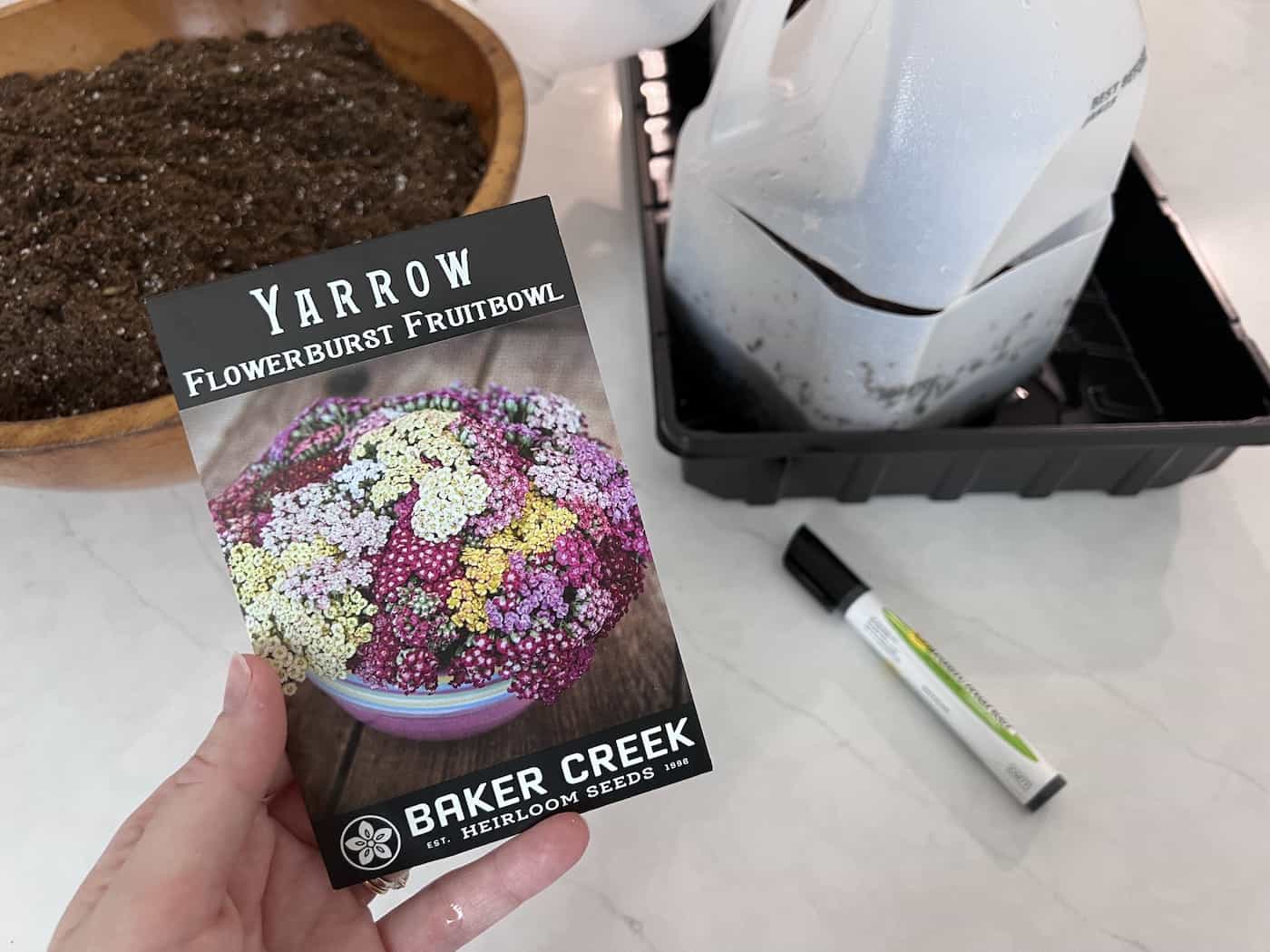
Winter sowing yarrow
Winter sowing yarrow is a great way to get a jump start on your spring planting. It involves using recycled containers, such as milk jugs or yogurt cups, to create mini-greenhouses that protect the seeds from cold temperatures and provide insulation for the soil. This method of gardening requires minimal effort and can be done in just a few simple steps.
First, you’ll need to find suitable containers for your winter sowing project. Milk jugs and yogurt cups are perfect for this purpose since they provide enough space for the roots of your plants to grow without becoming overcrowded. Make sure to clean out any residue from inside the container before filling it with soil and adding your seeds.
Next, fill each container with moist potting soil until it reaches about two-three inches thick inside the container. Once filled, sprinkle yarrow seeds onto the surface of the soil and lightly press them into place so they make contact with it. Finally, cover each container with its lid or plastic wrap before placing them outside in an area where they will receive plenty of sunlight during winter months but remain protected from strong winds or heavy rains that could damage them or wash away their contents.
When spring arrives, check on your containers regularly by removing their lids or plastic wrap briefly every few days to monitor the moisture levels in each one. If necessary, add more water as needed throughout this period until germination has taken place successfully. When seedlings have grown large enough to withstand cooler temperatures outdoors without protection, remove any remaining covers completely and you will be ready for transplanting time.
Yarrow is known for being both drought tolerant and low maintenance once established, making it an ideal choice for those who want beautiful blooms without having to spend too much time tending their garden beds over the summer months. Its bright yellow flowers will bring cheerful color to any outdoor space.
Winter sowing yarrow is an easy and effective way to enjoy the benefits of this beautiful, drought-resistant plant in your garden. Next, we’ll explore the many advantages that come with winter sowing yarrow.
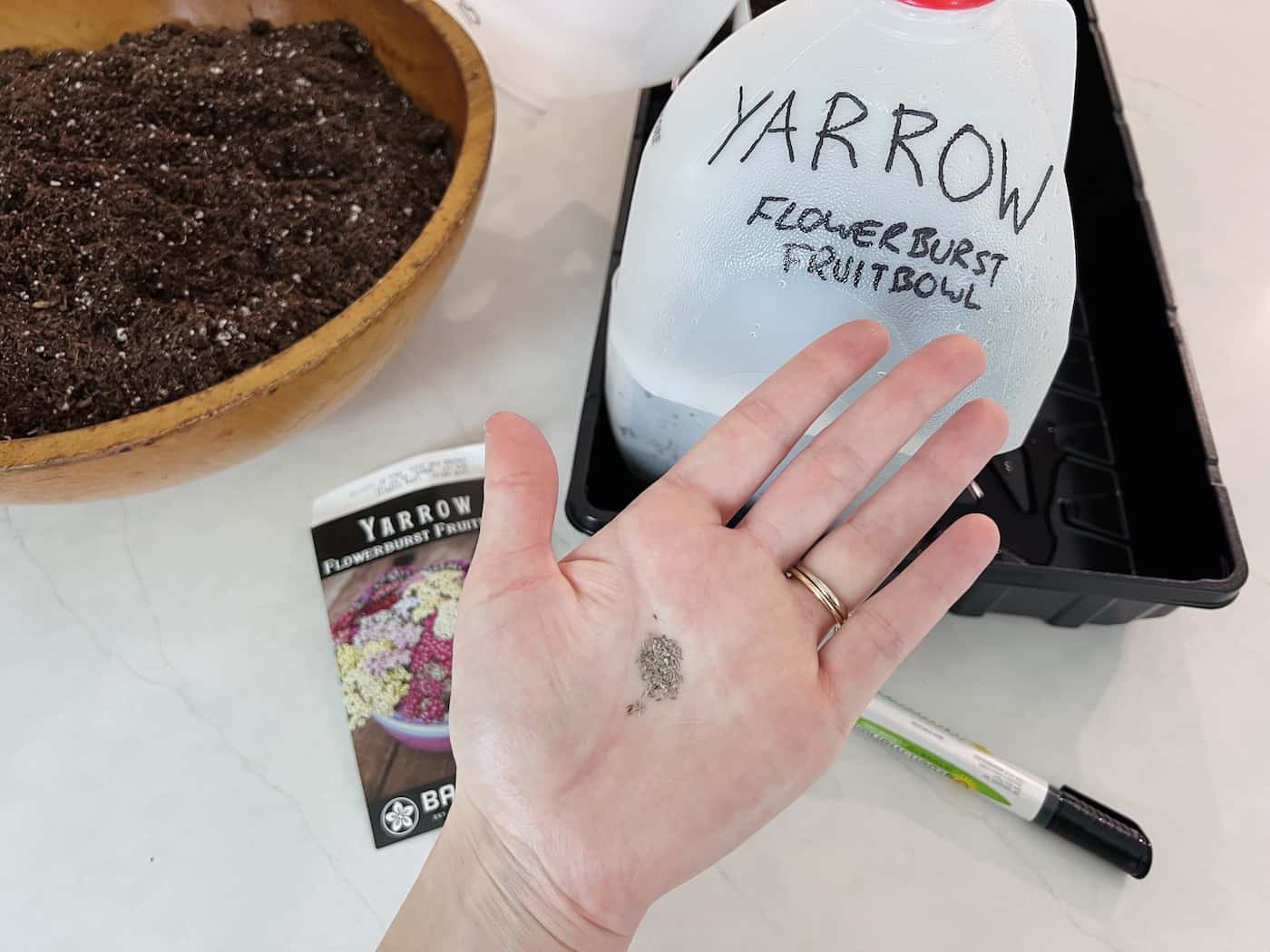
Benefits of winter sowing yarrow
One of the main advantages of winter sowing yarrow is that it allows you to start growing earlier in the season than traditional planting methods would allow. This means that you can have flowers blooming in your garden sooner and for longer periods throughout the year. Additionally, because yarrow is hardy enough to survive cold temperatures, there’s no need for additional protection from frost or snow during the winter months when other plants may be unable to withstand such conditions.
Another benefit of winter sowing yarrow is that it requires minimal effort on your part as far as maintenance goes once planted. Yarrow doesn’t require much fertilizer or water and will thrive even if left alone for extended periods of time; this makes it ideal for busy homeowners who don’t want their gardens taking up too much time but still want them looking beautiful all year round.
Finally, since many varieties of yarrow are drought-resistant, they make excellent choices for xeriscaping projects where conserving water resources is important. Not only does this mean less work on your part (since watering isn’t necessary), but it also helps conserve resources.
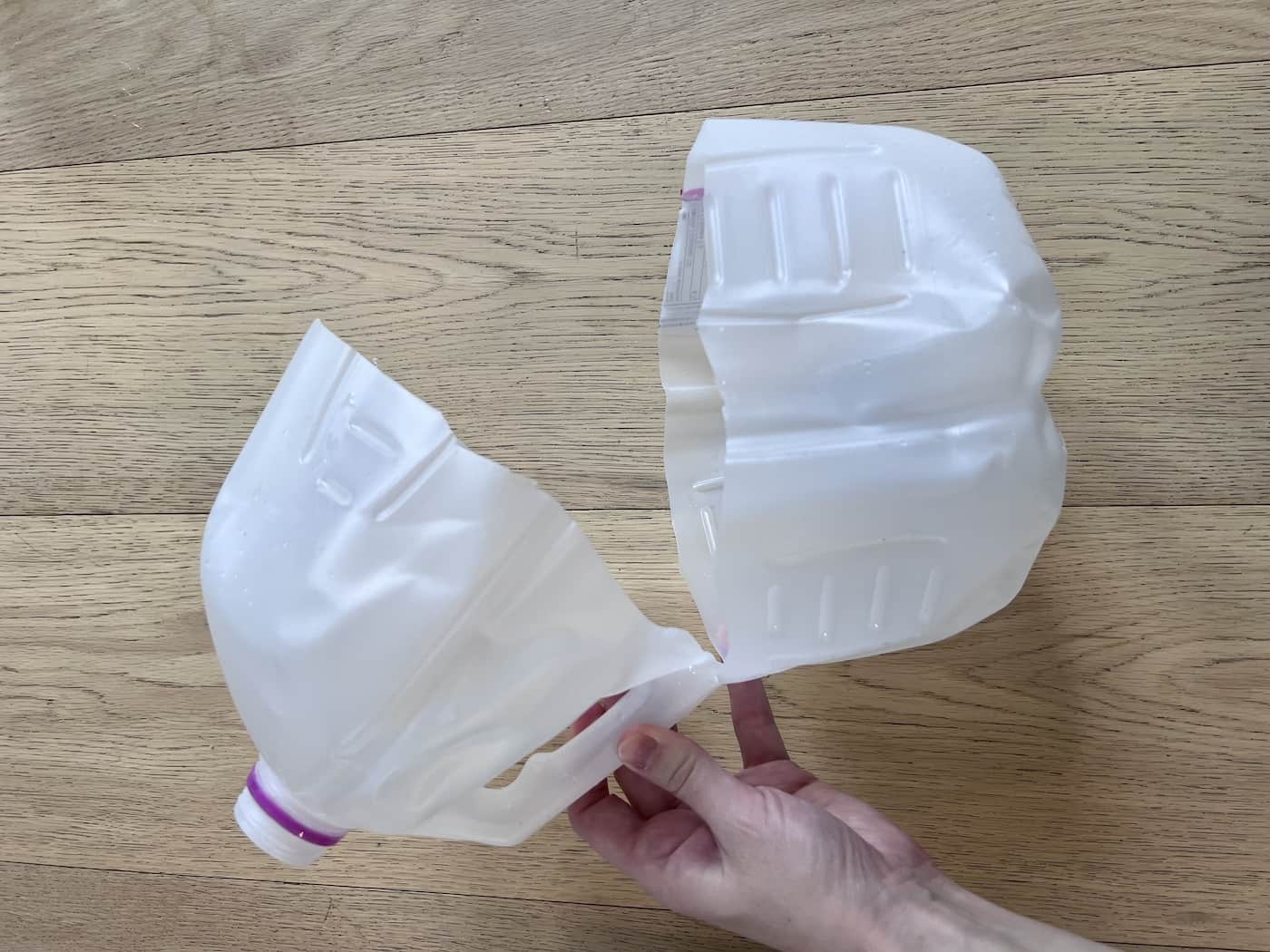
Preparing containers for winter sowing your seeds
Preparing containers for winter sowing yarrow is an important step in the process of growing this beautiful flower. Yarrow thrives best when planted in well-draining soil, so it’s essential to make sure your containers are clean and free of any debris or dirt before you begin.
You should also drill several small holes into the bottom of each container for drainage purposes. This will ensure that excess water can escape, preventing root rot and other issues associated with overwatering. Once your containers are ready, fill them with potting soil and sprinkle your yarrow seeds on top before covering them with plastic wrap or lids.
It’s important to note that you don’t need to use expensive pots or planters for winter sowing yarrow; even recycled food containers like yogurt cups work just fine. Milk jugs are also popular for winter sowing. Just make sure they have adequate drainage holes at the bottom and a lid or some kind of cover.
With the right preparation, your containers are now ready for planting yarrow seeds, and you can move on to the next step in winter sowing yarrow.
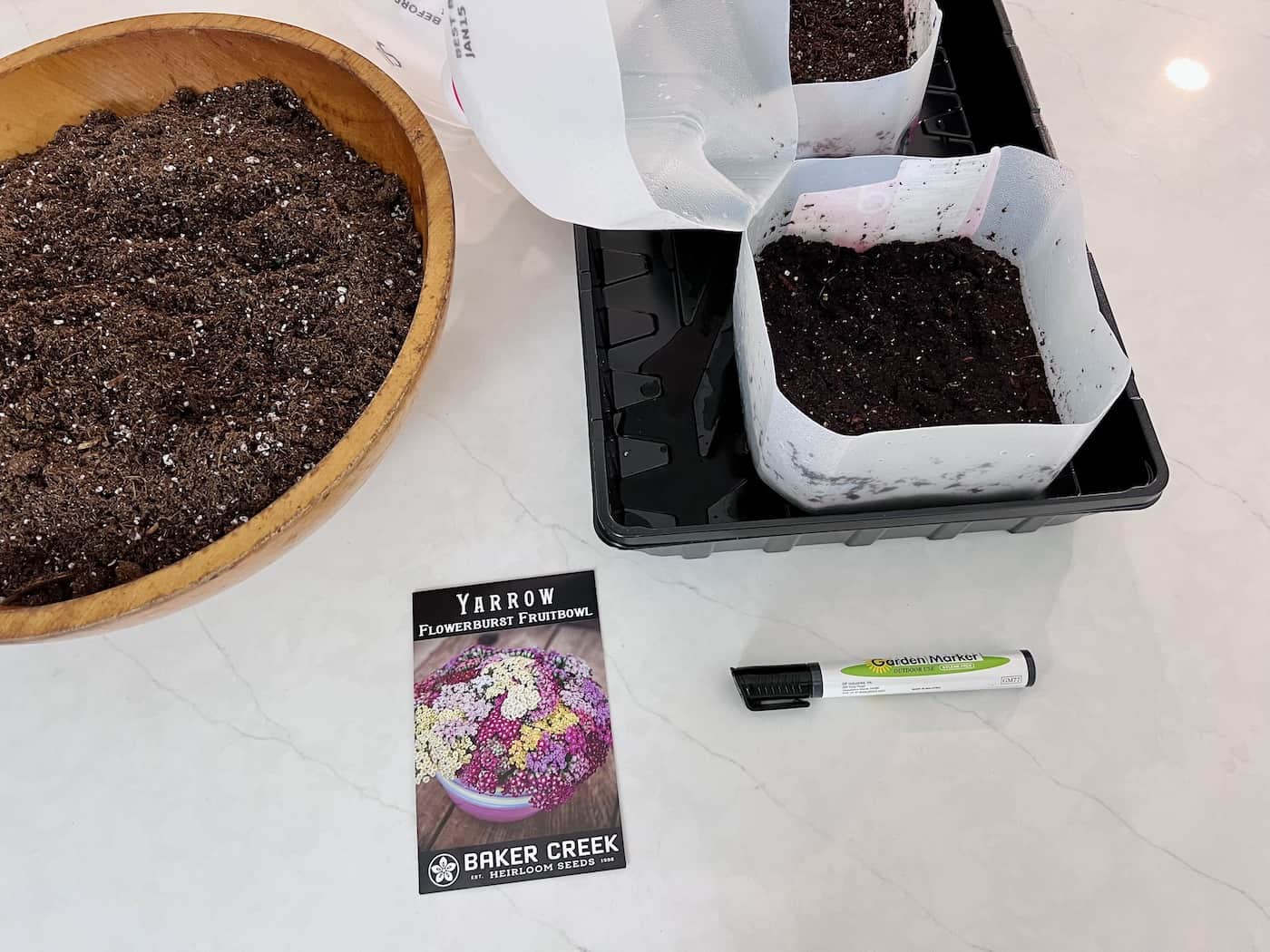
Planting yarrow seeds in the flats
While the potting soil is still moist, sprinkle the yarrow seeds over the surface of the potting mix. Gently press down on them with your fingers to ensure good contact between each seed and moistened soil beneath it then lightly mist them with water using a spray bottle if needed. Then tape the lid on so it doesn’t blow away.
Place the prepared flat outdoors somewhere it is exposed to the elements. It should get lots of sunshine and precipitation. Don’t hide it under a roofline.
Planting yarrow seeds in containers is a great way to get a head start on the gardening season and ensure successful germination. Now, let’s move on to transplanting yarrow seedlings.
Transplanting yarrow seedlings into the garden
First, choose a spot for your yarrow plants that has full sun exposure and well-draining soil. Gently remove the seedlings from the container/flat and separate them. Try to handle them by the leaves rather than damaging the roots.
Place each plant in its prepared hole so that it sits at the same depth as it did when growing in its container; then fill around the roots with more potting soil mixed with compost for extra nutrients if desired. Water thoroughly after planting to settle any air pockets around the roots and give your new plants a good start.
Caring for yarrow seedlings
Caring for your seedlings is essential to ensure they thrive throughout the growing season. Water your plants regularly so they don’t dry out too quickly during hot summer days. Aim to water deeply every few days or when the soil feels dry about 1 inch below the surface.
Fertilizing your yarrow seedlings is also important for their health and growth throughout the season. Use a balanced fertilizer every few weeks to give them all the nutrients they need for healthy growth and development. You can also add some compost or other organic matter into the soil around each plant if you want to give it an extra boost of nutrition and beneficial microbes that will help it stay healthy over time.
Finally, prune away any dead or damaged leaves from your yarrow plants periodically as this will help promote new growth and keep them looking their best throughout the season. Pruning should be done with sharp scissors or shears so you don’t damage any living tissue on the plant while removing old foliage or stems that are no longer needed by the plant itself.
By following these steps, you can ensure that your yarrow seedlings have everything they need to thrive in North America’s climate. With proper care, you will be able to enjoy beautiful blooms come springtime.
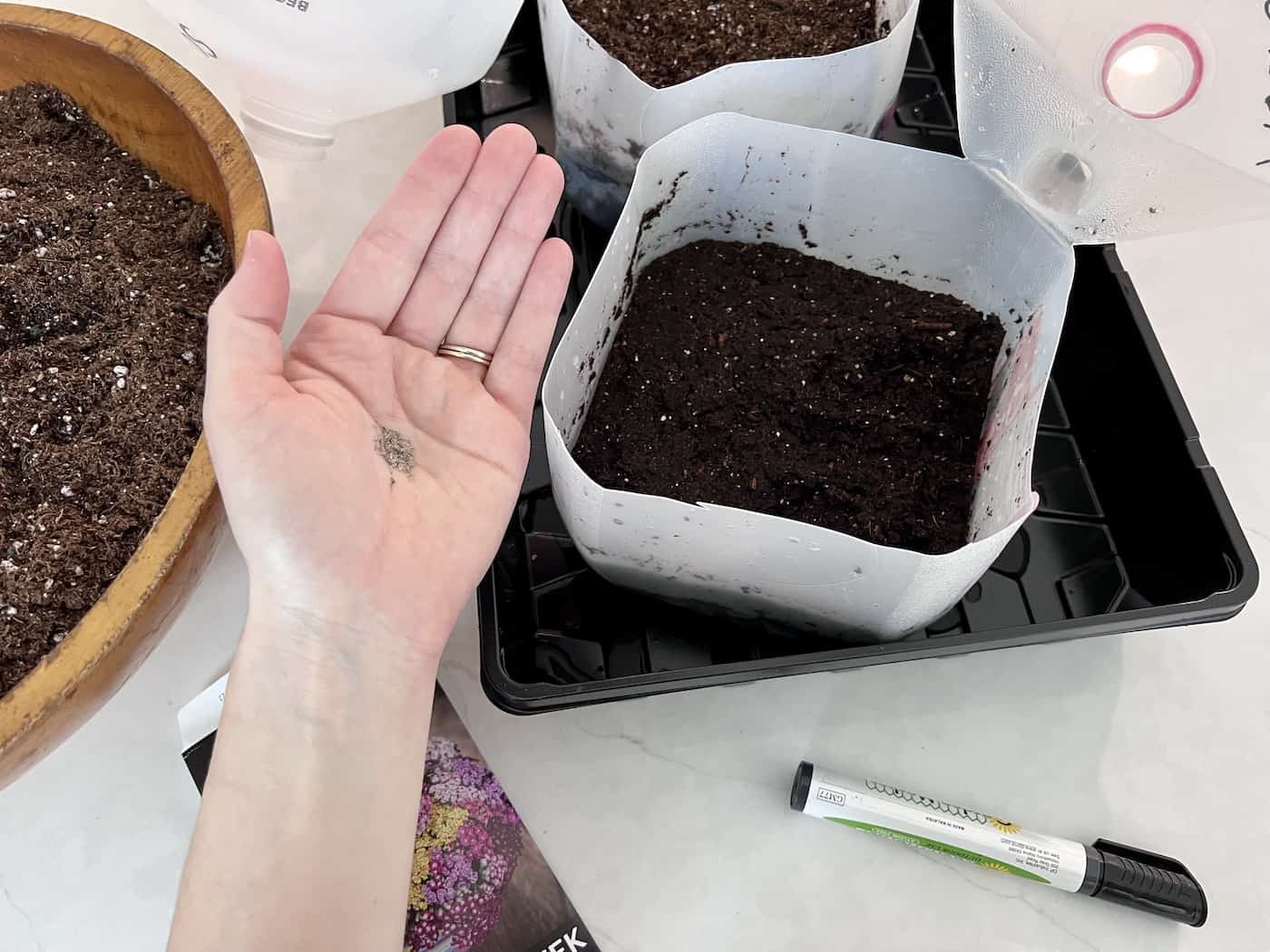
FAQs about winter sowing yarrow
Can you winter sow yarrow?
Yes, yarrow can be winter sown. This is a great way to get a head start on the growing season and have blooms earlier in the year. Winter sowing involves placing seeds outdoors during late fall or early winter, allowing them to germinate naturally when temperatures are suitable for growth.
Yarrow is an easy-to-grow perennial that will come back year after year with minimal care and maintenance. It’s also drought tolerant once established, making it an ideal choice for gardeners who want low-maintenance plants that still offer plenty of beauty and interest in their landscape
Does yarrow need cold stratification?
Yes, yarrow does need cold stratification. This is a process of exposing the seeds to cold temperatures for a period of time before planting them in order to break their dormancy and encourage germination. Cold stratification can be done by placing the seeds in moist soil or sand and storing them in a refrigerator for 4-6 weeks prior to sowing outdoors.
After this period, the seeds should be ready to plant outside when conditions are suitable. Properly prepping your yarrow seed with cold stratification will help you get healthy plants that produce abundant blooms.
Is yarrow easy to start from seeds?
Yes, yarrow is relatively easy to start from seeds. It will usually germinate in 10-14 days when planted directly into the soil. It’s not as easy to germinate as cosmos or sunflower, but is easier than many other perennial flowering plants.
Does yarrow bloom the first year from seed?
Yes, yarrow (Achillea millefolium) can bloom the first year from seed. It is a hardy perennial that will usually flower in its first season of growth when planted in spring or early summer. Yarrow can be grown from seed and transplanted outdoors after the last frost date for your area has passed. With proper care, it should produce flowers within 3 to 4 months of planting.
Before you go…
With the right preparation and care, you can have beautiful yarrow blooms in no time! Winter sowing is an easy and cost-effective way to add color and texture to your landscape. So why not give it a try this winter?


